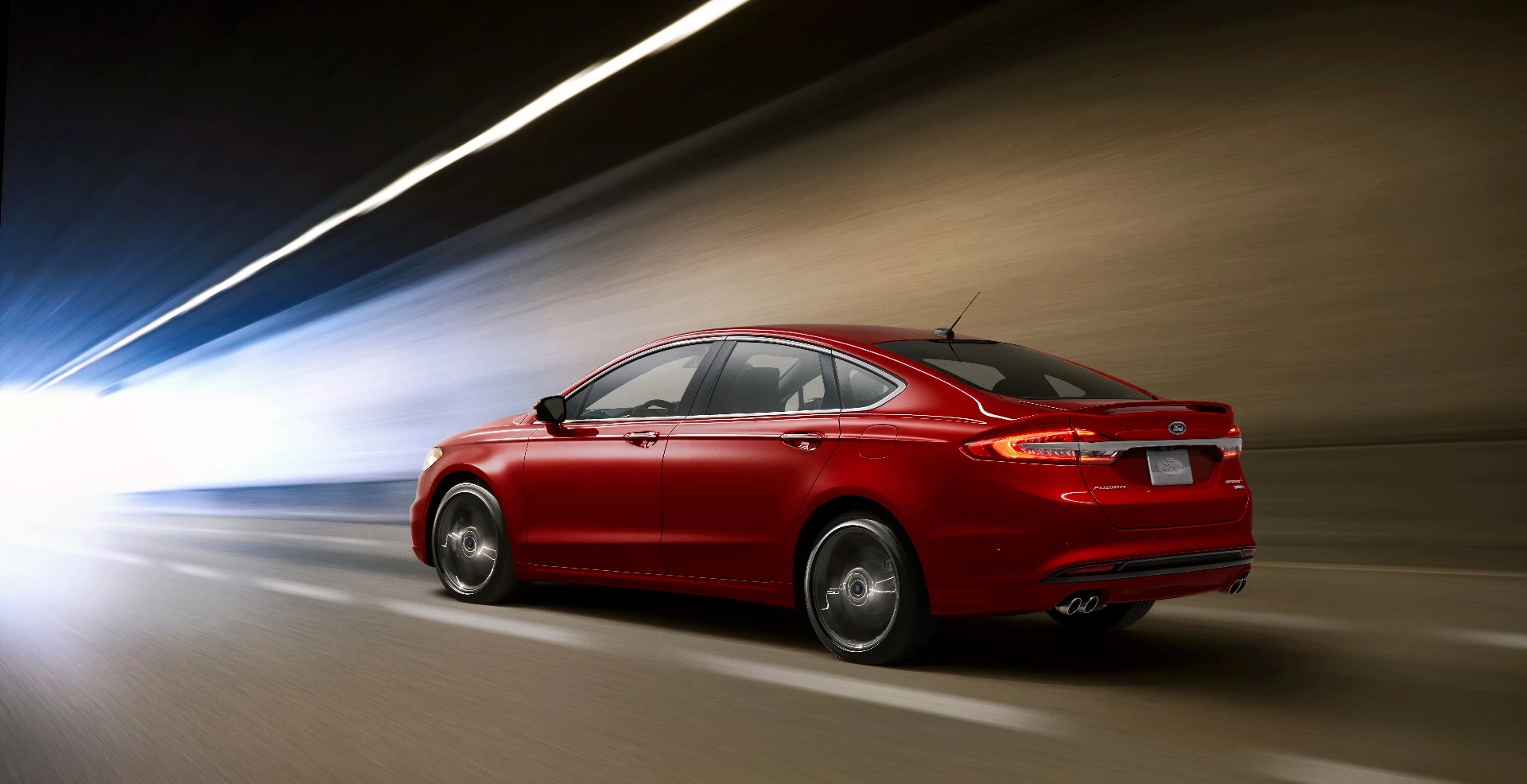Potholes are an unavoidable fact of life for drivers. At best, hitting one will give you a nasty jolt, but at worst they can lead to buckled wheels, burst tires or damaged suspensions. Ford has taken to solving this problem by creating a system that reads the road ahead and prepares the car's dampers for the hit, making for a smooth ride in the cabin.
So, just how does Ford's continuously controlled damping (CCD) system work? Onboard computers analyze the signals from 12 high-resolution sensors and adjust the dampers to their stiffest setting when a pothole is detected.
Because the suspension is stiffer, the Fusion's wheels don't drop as far into the pothole, which means it doesn't hit the other side quite as hard as it otherwise would have. The front suspension can respond in just 2 milliseconds and the rear suspension is, theoretically, faster again because they can use the front wheels as an early warning system.
When you're not crashing over potholes, the system works as a regular adaptive damping setup with a comfort mode and a stiffer sports setup for when drivers want to make the most of the Fusion V6's 325 hp (242 kW) in the twisties.
Unlike a similar systems, Ford's system doesn't warn other drivers of potholes the Fusion has encountered like the one being developed by Jaguar Land Rover, or log the pothole's location for reporting to road maintenance crews like the system being developed by Fraunhofer.
Ford's pothole-detecting suspension system will be available at the start of the Northern Hemisphere summer on the V6 Fusion Sport. You can check out the system in Ford's video below.
Source: Ford








